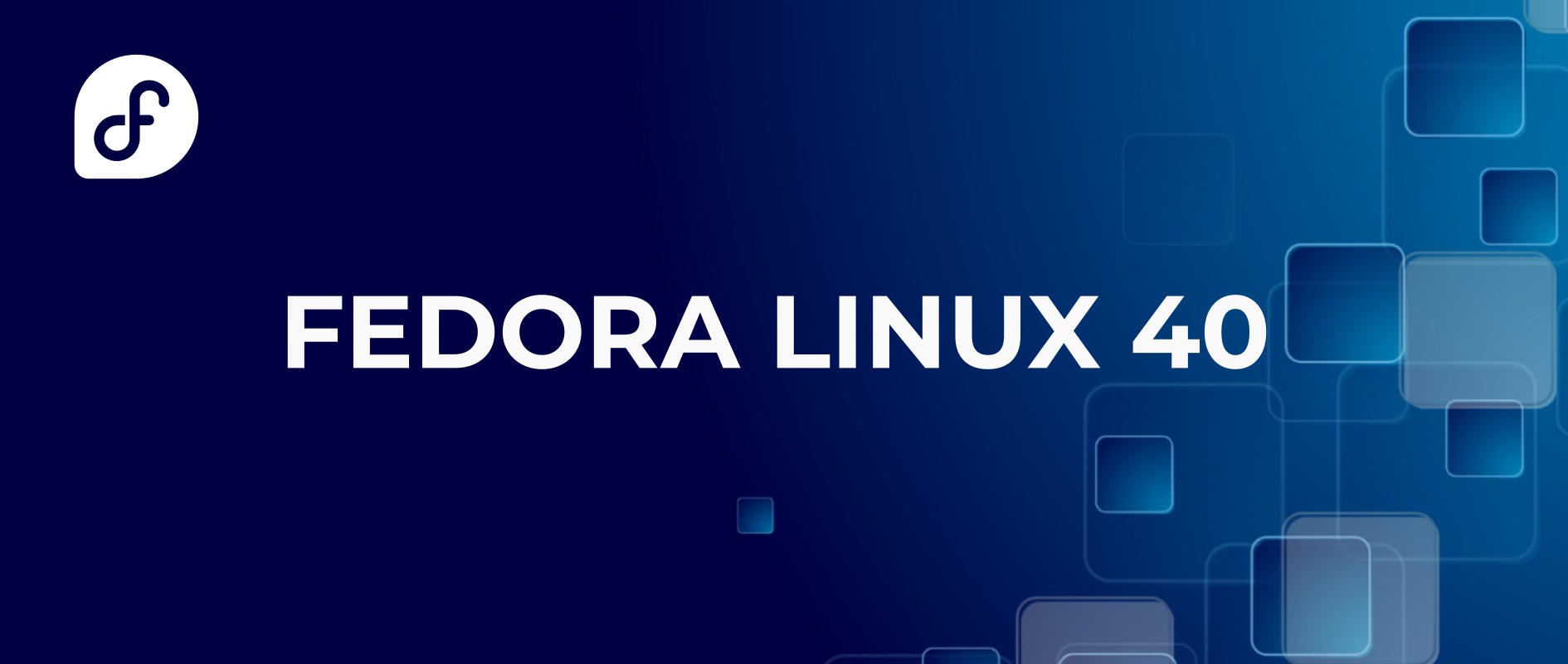blobjim [he/him]
- 1 Post
- 11 Comments

 3·1 year ago
3·1 year agoI don’t know how helpful it is to split stuff out like that. Especially grouping so many things under “default applications and daemons”, which is most of what a desktop distro is. Also depends largely on a PC vs server setup.
should list an init system as its own bullet, which others have mentioned.
“one or more shells” doesn’t mean that much. Yes, every distro includes one but the only difference between a terminal and any other application is that a terminal needs to be able to escalate to root privileges. You can think of it as just another default (but special) application. A lot of stuff that people think about when they think of Linux distros is just various clever mechanisms for supporting the terminal shell. Like the PATH environment variable. If you are using actual desktop applications other than a terminal, there isn’t any interaction with the terminal shell application.
There’s also fwupd, for updating firmware (your hardware is gonna be running out of date/buggy/insecure code if you don’t have this).
The dbus daemon falls under the “daemons” bullet but it’s pretty important, like wayland/x11 it’s another IPC mechanism you need for programs to work correctly.
There’s also the sound system. PipeWire is the modern one that implements the interfaces of various other sound systems so existing applications work with it. https://pipewire.org/ (PipeWire also has its own IPC protocol like dbus/wayland/x11).
flatpak, snap, distrobox, toolbox, docker, podman, etc. for running sandboxed PC/server applications. I assume there are some programs that are flatpak-only these days.
gsettings/dconf for Windows-registry like config that many programs use.
There’s also plugging in an implementation of the glibc Name Service Switch, which allows libc to use a mechanism other than /etc/passwd and related files for user accounts, internet service names, DNS resolution, etc. . systemd can provide NSS implementations using its own user account mechanism.

 3·1 year ago
3·1 year agoMaybe there’s just wasn’t any data written past the partition point yet?

 44·1 year ago
44·1 year agoUnity is GNOME, but it’s the official name of Ubuntu’s customized GNOME.
Maybe also add a criteria that they depend on X11, Wayland, (will still include libraries like java) or GUI toolkits like Qt or libadwaita/gtk.

 1·1 year ago
1·1 year agodeleted by creator

 2·1 year ago
2·1 year agoI guess if you’re just running it in a VM with a passthrough storage device with nothing else running in the VM that could be okay.

 4·1 year ago
4·1 year agoThat’s part of the Dash to Dock extension I think. Go to the Dash to Dock settings in the Extensions app. There should be settings in one of the tabs for notification icons/badges or something similar.

 5·1 year ago
5·1 year agoa hit dog will holler.
does emacs have an integrated terminal view inside it? Seems like maybe it’s just creating a shell for you to use inside the editor or something? Either way, “bash --login” is just a login shell which I think basically just acts like if you had just logged in instead of inheriting most stuff from whatever process launched it. It in’t “logging in” like some user account or something. Unlikely that it’s something nefarious. At worst, it’s just usual buggy linux software interacting in weird ways.
Are you using some kind of IDE application? Or just standard GUI apps?

 1·1 year ago
1·1 year agoLooking in https://git.kernel.org/pub/scm/linux/kernel/git/torvalds/linux.git/tree/init/main.c?h=v6.5-rc5 there’s a function setup_command_line that seems to set up the built-in command line which is called after setup_boot_config
ok idk what that all was. Here’s something more interesting:
In
arch/x86/kernel/setup.cit says/* append boot loader cmdline to builtin */. I think that suggests that the builtin comes first. And I assume that the code that queries the command line scans left to right and selects the first instance of an option because there doesn’t seem to be anywhere that “loads” args into some kind of structure.#ifdef CONFIG_CMDLINE_BOOL #ifdef CONFIG_CMDLINE_OVERRIDE strscpy(boot_command_line, builtin_cmdline, COMMAND_LINE_SIZE); #else if (builtin_cmdline[0]) { /* append boot loader cmdline to builtin */ strlcat(builtin_cmdline, " ", COMMAND_LINE_SIZE); strlcat(builtin_cmdline, boot_command_line, COMMAND_LINE_SIZE); strscpy(boot_command_line, builtin_cmdline, COMMAND_LINE_SIZE); } #endif #endifI guess the best thing to do would be to run linux in QEMU with the EFI system that’s provided by a third party thing and test it out.

They did this same thing with Mocrosoft Teams. Microsoft execs are some of the dumbest laziest people.